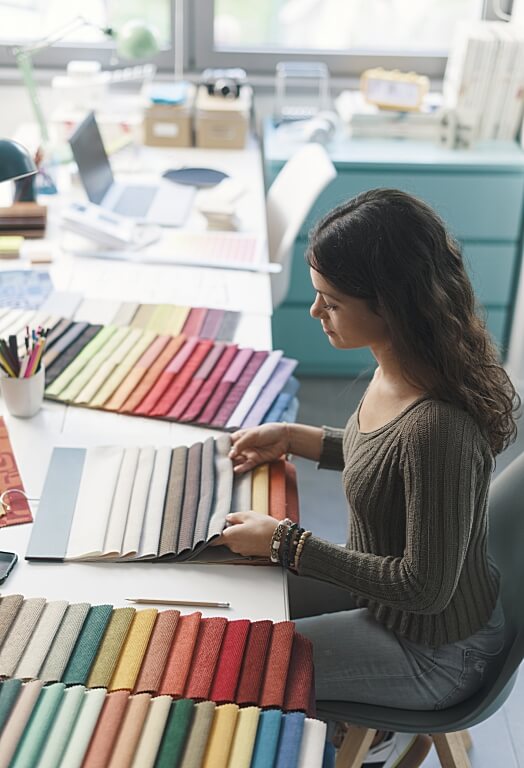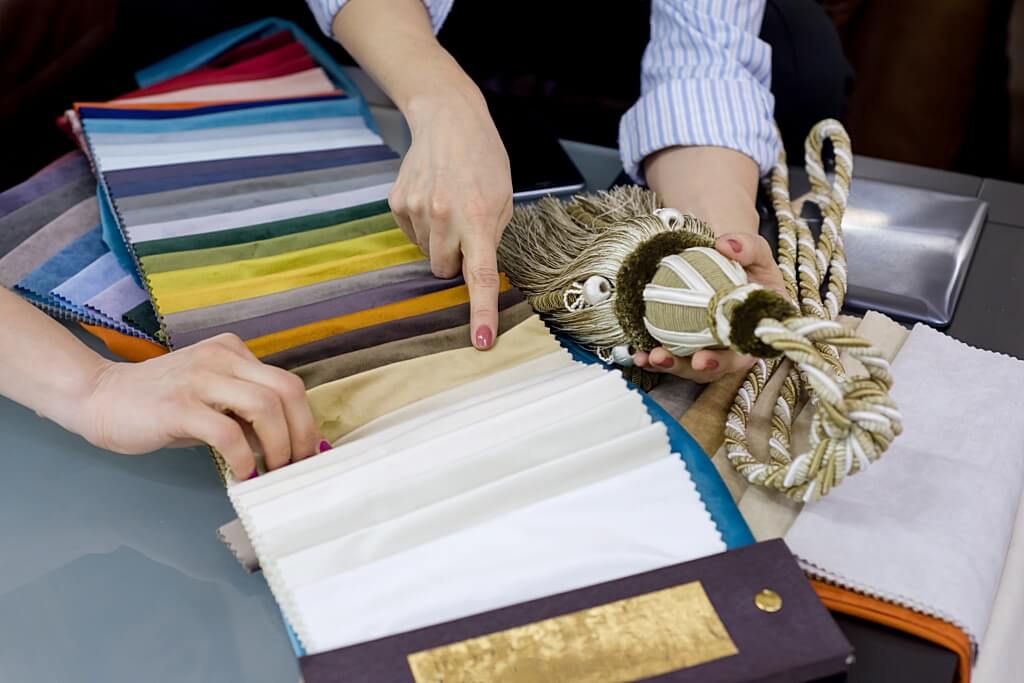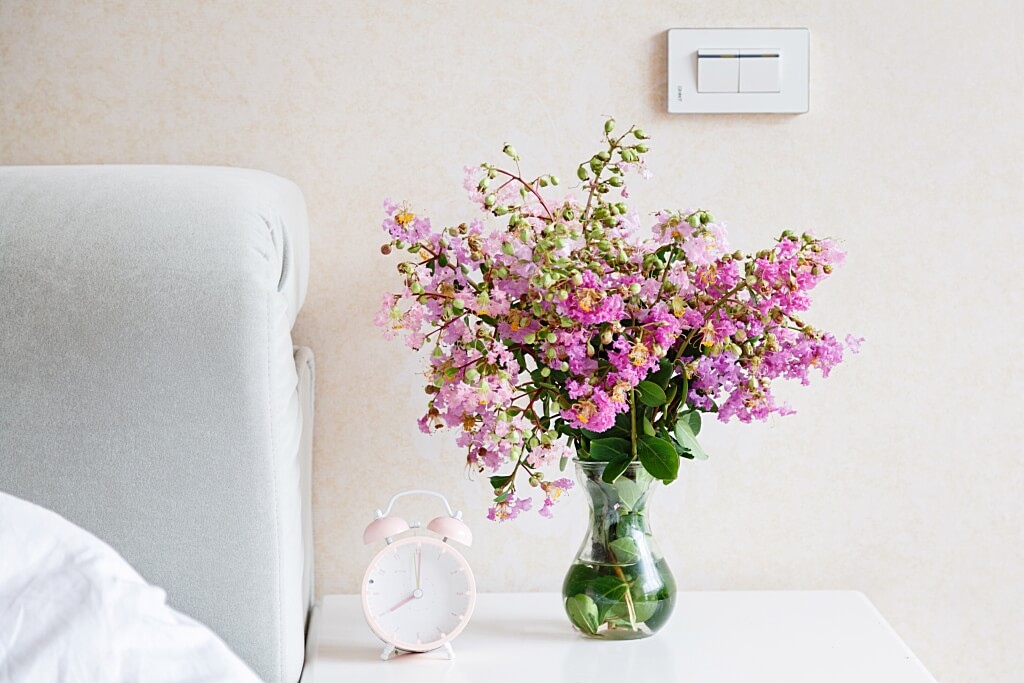Fundamentals of Interior Styling – Know How to Start
23/12/2022 2024-01-04 17:35Fundamentals of Interior Styling – Know How to Start
What is Interior Styling?
Interior styling is all about making a space look comfortable and feel great. It should be fresh but not too trendy. Its outlook should be beautiful but livable. And most importantly, it should be functional and express the homeowner’s taste.

Stylists have their fingers on the pulse of current trends, but they also know how to identify what will work best for you and your unique style. By keeping up with the latest trends, they can give you the option of trying out new looks while also staying true to your style.
Become qualified
While having a diploma or degree isn’t always necessary to get an interior styling job, many hiring managers and individuals often offer it to those who understand interior décor and styles. If you’re looking to Enter the field of interior styling, there are several educational degrees that you can opt for. One option is to complete a Diploma of Interior Design and Decoration, which can teach you the basics of interior styling. Another possibility is to get a Bachelor’s degree in Interior Design, which can provide you with many useful skills for interior styling jobs and make your resume more impressive. A diploma usually takes one to two years to complete, while a degree takes three or four years to finish.
Secure an entry-level role
One of the best ways to get your foot in the door of the interior styling industry is to start by working in an entry-level role. For example, you could apply for a job as an assistant interior stylist. This position would give you the chance to get some great experience working within the field, which would in turn help you move up the ladder in your interior styling career.
Build your styling portfolio
Creating a portfolio is an important part of impressing potential employers as an interior stylist. Your portfolio should highlight your skills and passion for the industry, and give potential employers a clear idea of your unique style. Not only will a strong portfolio help you land jobs, but it will also give clients a better sense of whether or not you’re the right stylist for their project.
Apply for an interior stylist job
Once you have the education and experience to become an interior stylist, you can start applying for jobs. It can be helpful to decide what type of interior styling job you want before you begin your job search. For example, you may want to work as a full-time, part-time, or freelance stylist. Once you know what type of work you want to pursue, you can shortlist positions of interest and tailor your resume to each one before applying.
The fundamental areas of interior styling:
Furnishings
Interior styling sometimes includes swapping out old furniture for new pieces or adding more furniture to a room. This could involve chairs, tables, drawers, or softer furnishings like cushions, rugs, and throws.
Colors:
A color palette is an essential part of interior styling, providing a range of colors to work with when choosing wall paints, fabric colors, and decorations. Depending on the styling project’s purpose and brief, a color palette may comprise different shades and tones. For example, a palette for a nursery might be soft and natural tones, while a palette for a high-end restaurant might be more daring and bolder.
Layouts:
Layout, when done right, can provide the best use of space for functionality and the flow of human traffic. This may include, for example, replacing a U-shaped couch with an L-shaped couch and placing it against a different wall, which can change the feel and flow of a room.
Textures:
Designers often use textures to add depth and interest to a room. The type of textures used can also affect the way a room feels. For example, smooth textures can create a cool and fresh ambiance as they reflect light and feel silky underhand.

Lighting:
Lighting is important for so many reasons. It can set the tone of a room and make it feel bigger or smaller. And, of course, lighting can affect our emotions. For example, bright lights can make us feel awake and alert, while dim lights can make us feel relaxed and calm.
Space planning:
When it comes to space planning skills, it’s all about effective planning for the use and function of a room. This means taking into consideration things like the flow of human traffic in and out of a room and predicting how people may use the space. For example, placing a coffee table in the center of a lounge room can help provide additional space to put drinks, food or books, and ornaments for decoration.
Design:
Interior stylists need to have a strong understanding of design principles to be successful. Without this knowledge, it becomes very difficult to adapt past designs to modern concepts or create a space that fits in with its surroundings. Additionally, being skilled in design principles can help you make the most of space with a layout and also choose furnishings and decor that complement the area. In some cases, interior stylists will use computer software to create a three-dimensional model of their styling ideas to show to clients.
Creativity:
As an interior stylist, being able to think outside the box can be key for coming up with concepts and ideas. With a strong imagination, you can more easily see the final product, including furnishings, fabrics, textures, and colors, before you even start. Creativity skills might allow you to approach styling tasks with a fresh and unique perspective.
Attention to detail:
Attention to detail is a must-have skill for anyone looking to pursue a career in interior decorating and styling. This attention allows you to see potential issues or opportunities that others might miss and helps you to create a more efficient and productive workflow.
Organization:
Interior styling can be a great job for a lot of people. It can be creative, and you can make a lot of money doing it. But it’s important to remember that it is also a job that requires a lot of organizational skills. You have to be able to track accounts, manage contracts, and oversee the installation of furnishings all at the same time. If you’re not good at being organized, then this probably isn’t the job for you.
Flexibility:
Being flexible in your work as a stylist will let you adapt to changes without blowing up your project time frames and budgets. This kind of work usually means working nontraditional hours, traveling a lot, and having projects that can be of different lengths. Having a flexible approach can make your work less stressful.
Communication:
As an interior stylist, being able to communicate well is key to being successful. You’ll need to be able to share your ideas easily with clients and other professionals you work with. Good communication skills can also help prevent errors and keep projects on schedule.















